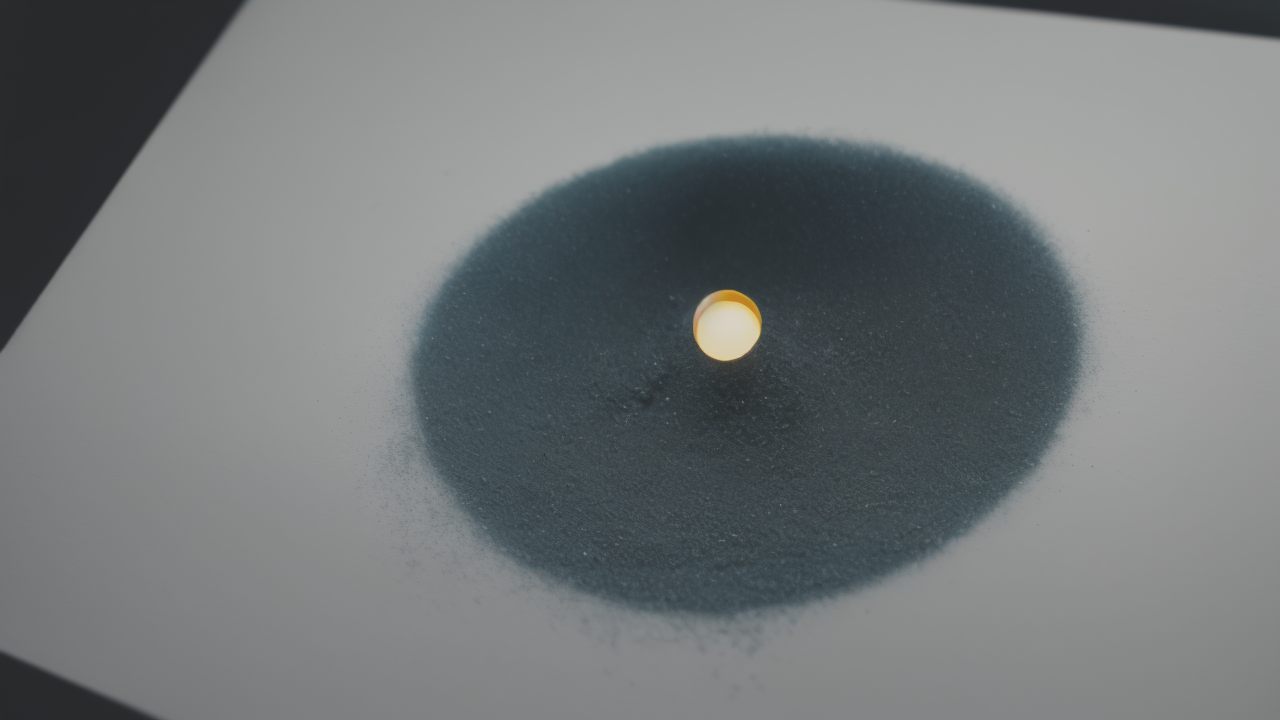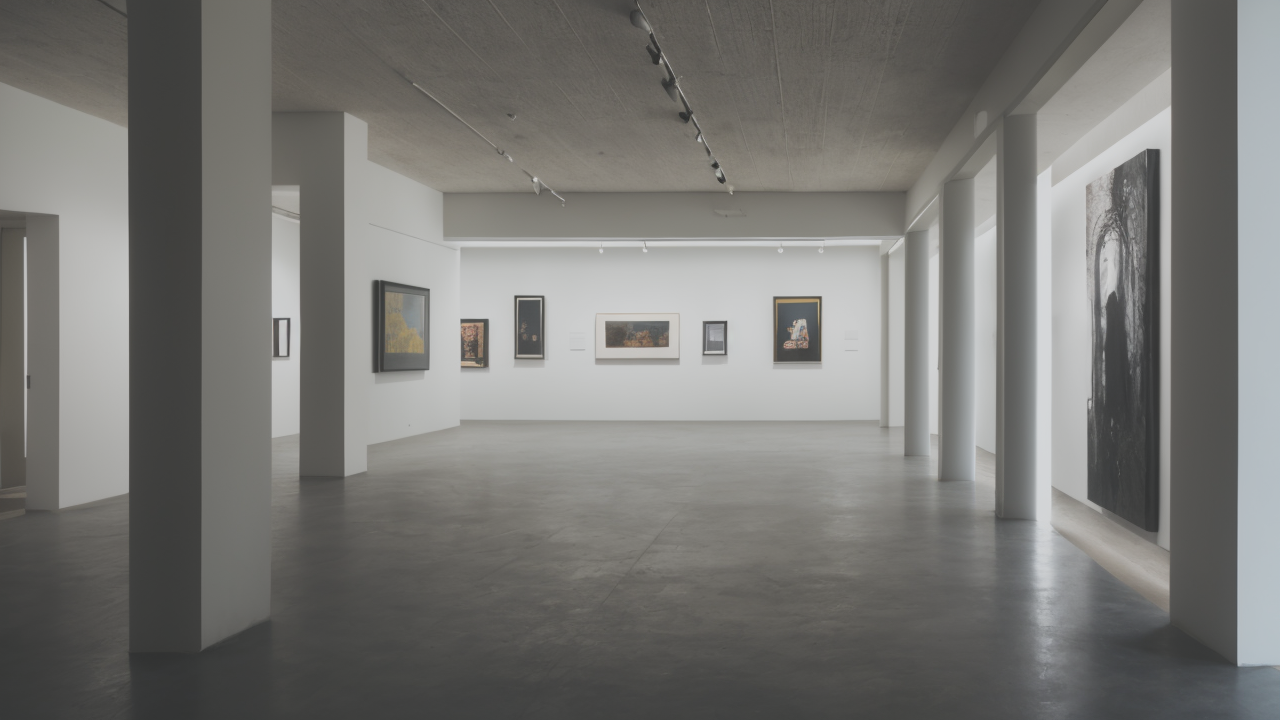
Mastering Colorful Patterns: A Guide to Creating Stunning Wall Art
Exploring the Versatility of Plaster in Visual Arts
The History of Plaster in Sculpture and Painting
Plaster has a rich history in art, dating back to ancient civilizations. Egyptians used it to smooth pyramid walls and create decorative elements. Greeks and Romans crafted intricate sculptures and reliefs with plaster. During the Renaissance, artists like Michelangelo used it for preliminary sketches. The 18th century saw a rise in plaster casts for anatomical studies. Impressionists experimented with plaster's textural qualities. Modern artists embraced its versatility in sculptures and installations. Plaster's journey through art history showcases its adaptability. It has been used for both practical and creative purposes. Artists continue to find new ways to incorporate plaster in their work. Its enduring presence in art speaks to its timeless appeal and versatility.

Advantages of Using Plaster for Colorful Textures
Plaster offers unique benefits for creating colorful textures in art. It's highly moldable, allowing artists to shape diverse forms easily. Plaster dries quickly, enabling rapid experimentation with textures and colors. It accepts a wide range of pigments, producing vibrant and lasting hues. The material's absorbent nature creates depth and richness in color applications. Artists can layer, scrape, and carve plaster for varied and interesting textures. It's lightweight yet durable when dry, making it suitable for large-scale pieces. Plaster can be easily blended with colors for unique effects and gradients. It's cost-effective compared to many other art materials. The versatility of plaster makes it ideal for both 2D and 3D colorful artworks.
Step-by-Step Guide to Creating Colorful Plaster Projects
Preparing Your Canvas: Tips and Techniques
Proper preparation is key for successful plaster projects. Start by choosing a sturdy base like wood, canvas, or a primed wall. Clean the surface thoroughly to remove any dust, oils, or debris. Apply a primer to ensure better adhesion of the plaster. For textured effects, consider adding a layer of mesh or burlap. Mix your plaster according to package instructions for the right consistency. Use a large, clean container for mixing to avoid contamination. Prepare your workspace with drop cloths to catch spills and protect surfaces. Gather all necessary tools before starting: trowels, spatulas, and texturing tools. Consider the drying time when planning your project phases. Wear protective gear like gloves and a dust mask for safety.

Application of Colorful Plaster: A Guide
Applying colorful plaster requires skill and creativity. Begin by deciding on your color palette. Mix pigments into separate batches of plaster for different hues. Start with a base layer, spreading it evenly with a trowel or spatula. Allow this layer to partially set before adding textures or additional colors. Use various tools to create patterns: combs, sponges, or found objects. Layer different colors of plaster for depth and visual interest. Work quickly, as plaster begins to set fast. For blending colors, use a wet-on-wet technique. Create raised areas by building up plaster in specific spots. Experiment with scraping away areas to reveal underlying colors. Remember, practice is key to mastering plaster application techniques.
Finishing Touches: Post-Plaster Finishes and Techniques
After your plaster artwork dries, consider these finishing techniques:
- Sand the surface gently for a smooth finish if desired
- Apply a clear sealant to protect the plaster and enhance colors
- Use a polishing compound for a glossy look on smooth areas
- Add fine details with acrylic paints or other compatible mediums
- Embed small objects or materials for added texture and interest
- Apply gold leaf or metallic powders for accent areas
- Experiment with washes of thinned paint for subtle color variations
- Try etching designs into partially dry plaster for unique effects
- Consider a light coat of wax for a soft sheen and added protection
- Display your artwork in a suitable frame or mount for protection
These steps will help refine and preserve your colorful plaster creation.
Case Studies: Colorful Plaster Applications in the United States
Notable American Artists Using Plaster
Several American artists have made significant contributions using plaster in their work. George Segal created life-sized plaster figures in everyday scenes, bringing sculpture into pop art. Lynda Benglis explored organic forms with her poured plaster pieces, challenging traditional concepts. John Chamberlain incorporated plaster in his crushed car sculptures for added texture. Rachel Whiteread uses plaster to cast negative spaces, offering new perspectives on objects. Kiki Smith employs plaster in her figurative sculptures, exploring themes of the body. These artists showcase the diverse potential of plaster in American art. They demonstrate how plaster can be used for realism, abstraction, and conceptual work. Their innovative approaches continue to inspire contemporary artists.

Innovative Colorful Plaster Techniques in Home Decor
Plaster has found a place in modern home decor, offering unique textures and colors. Venetian plaster techniques create smooth, marble-like walls with depth and sheen. Tadelakt, a Moroccan plaster method, provides waterproof surfaces for bathrooms and kitchens. Textured wall finishes using plaster add character and warmth to living spaces. Colorful plaster reliefs serve as striking focal points in homes and apartments. DIY enthusiasts create custom wall art using plaster and pigments for personalized decor. Plaster ceiling medallions add elegance to lighting fixtures in traditional and modern homes. Decorative plaster moldings frame windows and doors with classic style and charm. These techniques show how plaster enhances home aesthetics with color and texture.
The Role of Plaster in Commercial and Public Spaces
Plaster plays a significant role in enhancing commercial and public spaces across the United States. Hotels use decorative plaster for luxurious lobby designs and unique room features. Restaurants incorporate textured plaster walls to create ambiance and define dining areas. Museums utilize plaster for creating interactive exhibits and durable display backgrounds. Theaters employ plaster for acoustics and ornate decor, enhancing the audience experience. Office spaces feature plaster accent walls to add visual interest and improve aesthetics. Public buildings often have plaster details in archways, ceilings, and columnar elements. Retail stores use colorful plaster finishes to create brand-specific environments. Educational institutions incorporate plaster murals and sculptures for inspirational spaces. These applications demonstrate plaster's versatility in various public settings.


